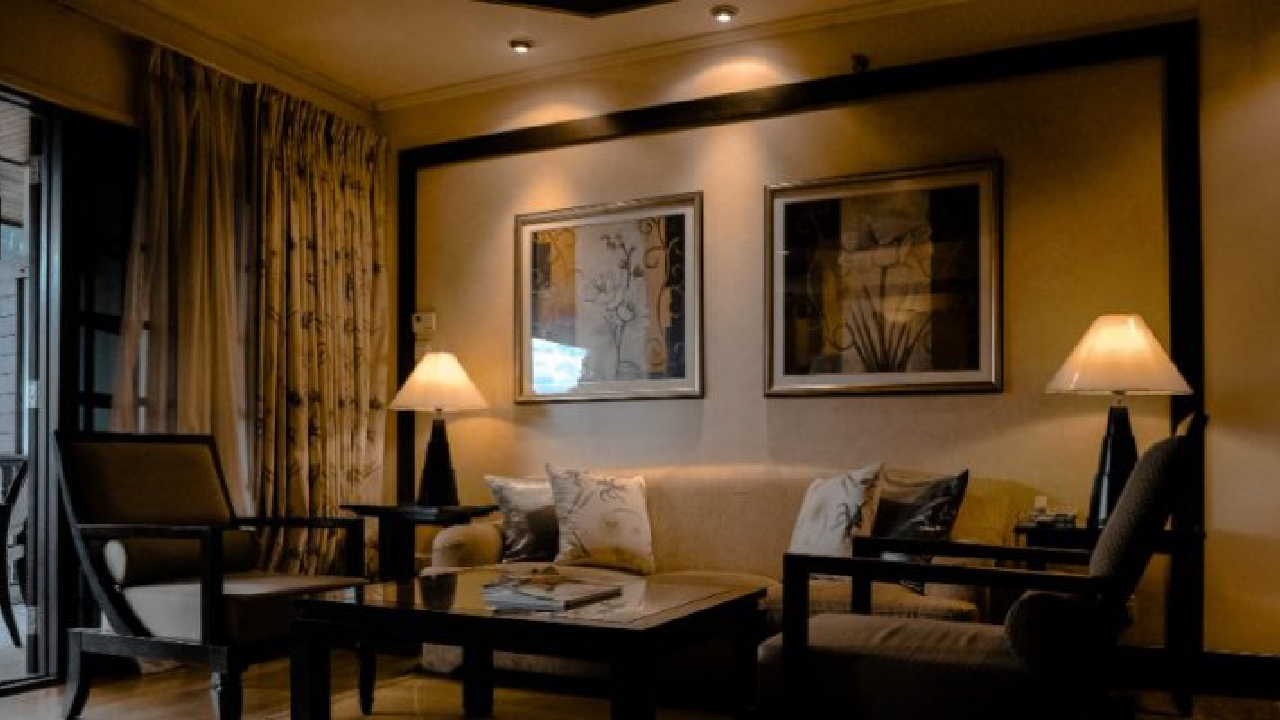In this blog, I will talk about artificial light.
Artificial light actually means human made light which includes candlelight, fire light, gas light & electric light.
Here, you will see about electrical lighting.
Where daylight ends there artificial light begins.
Many times we can’t get sufficient natural light or we may want to create different moods. Here artificial light plays a very important role.
Why Artificial light
- Artificial light helps us to get the desired effect easily and quickly
- With the help of artificial light, the intensity of light can be changed, directed or focused
- Without changing the wall color only with the help of lights, room color can be changed just by a click
- This allows lighting to create a range of effects according to the requirement of a given space
When you are choosing artificial lighting you need to think whether it is for an office, restaurant, school, living room, bedroom or bathroom.
Depending on the function, lighting is divided into 3 main parts,
1. Ambient or General Lighting

- Ambient light is also called as general lighting
- It is used for general or overall illumination of a room
- Ambient light helps a person to move from point A to point B comfortably
- Often used in all the rooms. Along with this it can be used at relaxation places such as spas & meditation room
- Usually wall mounted, ceiling lights or pendant lights like chandeliers are used for general lighting as ceiling light in the picture
2. Task lighting

- When any work needs to be done with more efficiency & precision, task light becomes handy
- Where only ambient light is not sufficient, there task light needs to be added as shown in the kid’s room
- Most suitable for places like reading, study table, kitchen working area, office work station, wardrobes & corridors for easy access
- They should be placed in such a way that they don’t produce any glare or shadow while working, as done in the adjacent kitchen
- Pendant light, table lamp, floor lamp, track or recessed light are few examples by which desired effect can be achieved
- Halogen lights are best suitable for this type of light, as they produce white light similar to daylight & use less energy compared to incandescent bulb
3. Accent lighting

- Accent lights are used to highlight sculptures, art pieces, paintings, plants etc.
- These can also be used to highlight unique designs on walls, ceilings or to focus on a column or cornice
- Accent light or focal light need to be added along with ambient light
- Its intensity should be 3 times more than the ambient light to get the desired effect
- Scones, flood lights, recessed light & track lights can be used as accent lights
- While using accent light accessories, it is important to keep in mind that they don’t emit UV rays or produce heat which can damage the painting or art on the wall in the long run
- LED lights are the best options for that
- Accent lighting can be further used as Effect lighting
- Effect light is used to create dramatic effects
- These are embedded in the ceiling, wall, column or in any architectural element
- In this, light is placed around the structure to highlight it
- Mostly used indoor for crown moulding & outdoor for landscaping, pergola or facade
With this basic understanding of artificial light, you can make the interior space more interesting & welcoming.
Tip: Whether it is office, restaurant, bedroom or kitchen along with ambient light, add either task light or accent light or both.
This will make the room more comfortable, accessible , functional & aesthetically pleasing.
To know more about lighting follow the link.

